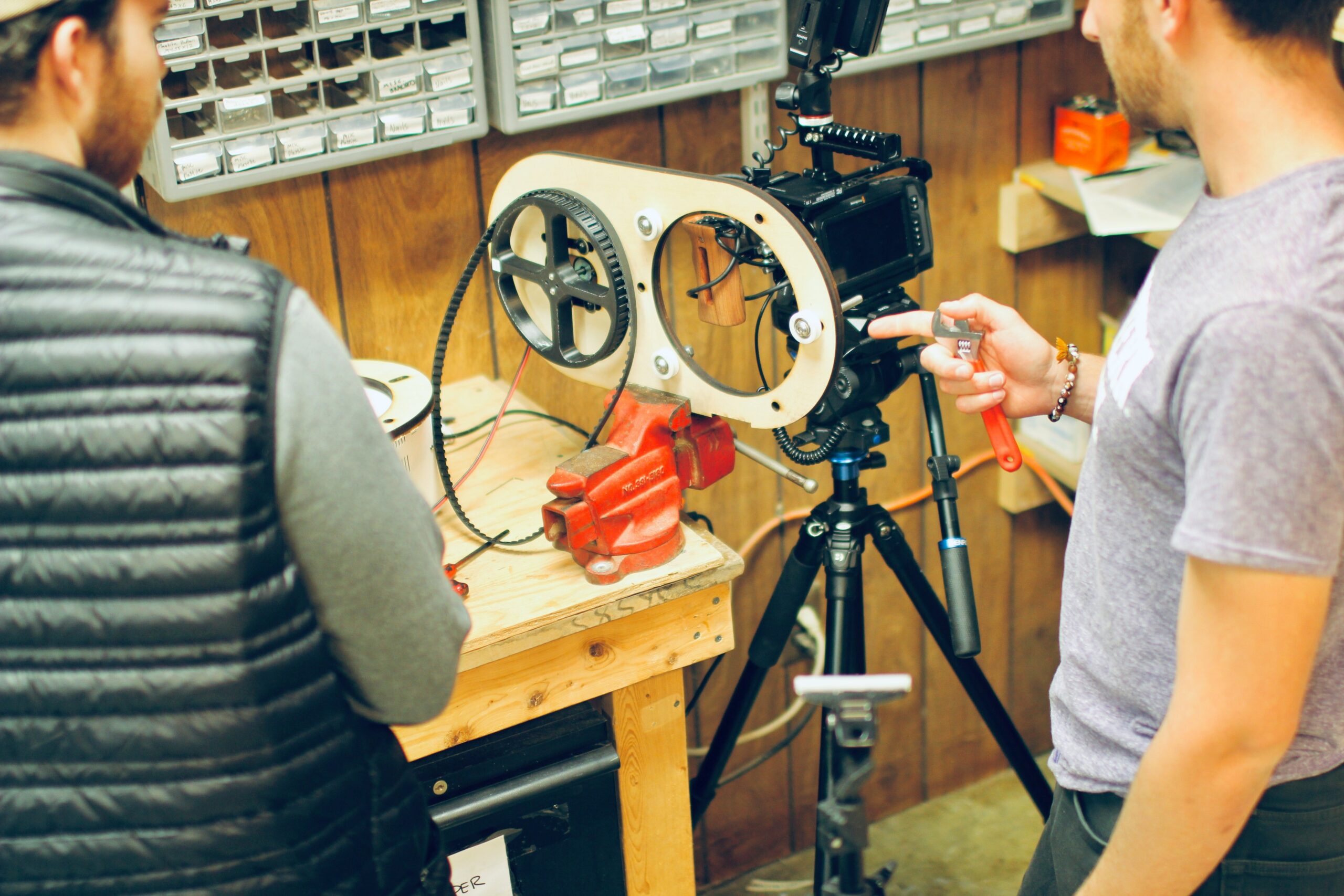
The Dawn of a New Challenge
Starting a day in maintenance engineering often feels like stepping onto a complex chessboard. Each move matters, requiring strategic thinking, technical knowledge, and hands-on expertise. For many, the journey from technician to engineering master begins here, in the trenches of machinery repair and troubleshooting.
The first task of the day is a team briefing at 7:00 AM. The maintenance team gathers to review the day’s priorities. A conveyor belt malfunction at the production plant demands immediate attention, while routine equipment inspections must not be delayed. This balancing act sets the tone for the day.
Problem-Solving Under Pressure
By 8:00 AM, the team dives into the conveyor belt issue. Diagnosing the problem is more than just a technical task; it’s a critical moment for creative problem-solving. With the clock ticking, the team’s seasoned technician analyzes the motor and belt alignment while consulting equipment schematics. The root cause? A misaligned pulley and worn bearings.
Replacing the bearings and recalibrating the system require precision. The technician’s toolkit includes wrenches, gauges, and years of accumulated knowledge. This expertise is the bridge from maintenance work to engineering mastery. By 10:00 AM, the conveyor is up and running, significantly reducing production downtime.
Embracing Innovation and Technology
Modern engineering thrives on innovation. After completing urgent tasks around noon, the focus shifts to leveraging technology for preventive maintenance. Sensors, data analytics, and IoT-enabled devices have revolutionized how teams approach maintenance.
For instance, the team deploys a vibration analysis tool to monitor the health of critical machinery. Patterns in the data indicate potential failures, allowing engineers to address issues before they escalate. This proactive approach is a hallmark of transitioning from reactive maintenance to engineering excellence.
Training and Mentorship: Keys to Growth
Afternoons are often reserved for skill development and knowledge-sharing sessions. Engineering mastery isn’t achieved in isolation; it’s cultivated through mentorship and continuous learning. The senior engineer hosts a workshop on predictive maintenance techniques, emphasizing the importance of understanding machine learning algorithms.
Technicians aspiring to advance their careers engage with these opportunities. This session sparks an interest in studying for an engineering certification for one technician. The leap from maintenance to engineering starts with such small but significant steps.
Leading by Example
As the day progresses, the importance of leadership becomes evident. An emergency repair request comes in for a critical cooling system. The lead engineer assigns roles, ensuring everyone contributes their strengths. The team quickly identifies a clogged heat exchanger and executes a coordinated repair plan.
The cooling system is operational by 3:00 PM. The lead engineer uses this opportunity to teach the team about thermal efficiency and the principles of heat transfer. This blend of leadership and knowledge-sharing strengthens the team’s collective expertise.
Project Planning for the Future
The day doesn’t end with repairs. By late afternoon, the focus shifts to long-term projects. Engineers collaborate on designing a more efficient lubrication system for the plant’s machinery. They brainstorm ideas, analyze schematics, and simulate performance using CAD software.
This shift from day-to-day maintenance to project-based engineering work marks a critical transition in career development. Here, technicians begin to think like engineers, applying theoretical knowledge to solve practical problems.
Reflection and Continuous Improvement
As the workday winds down at 5:00 PM, the team gathers for a debrief. They review the day’s successes and challenges, discussing what worked and could be improved. This culture of reflection is integral to engineering mastery.
A technician reflects on their growing confidence in troubleshooting complex systems. Meanwhile, the senior engineer emphasizes the importance of documenting lessons learned. This iterative process ensures that knowledge is retained and shared across the team.
The Path Forward
The journey from maintenance to engineering mastery is a continuous process. It requires technical expertise, innovative thinking, leadership, and a commitment to lifelong learning. The rewards for those who embrace the challenge are immense: the ability to design, innovate, and lead in a technology-driven world.
Each day in this dynamic field offers opportunities to grow, solve problems, and make a tangible impact. From fixing conveyor belts to designing cutting-edge systems, the journey is as fulfilling as it is challenging. And for those who take it, the path forward is paved with endless possibilities.